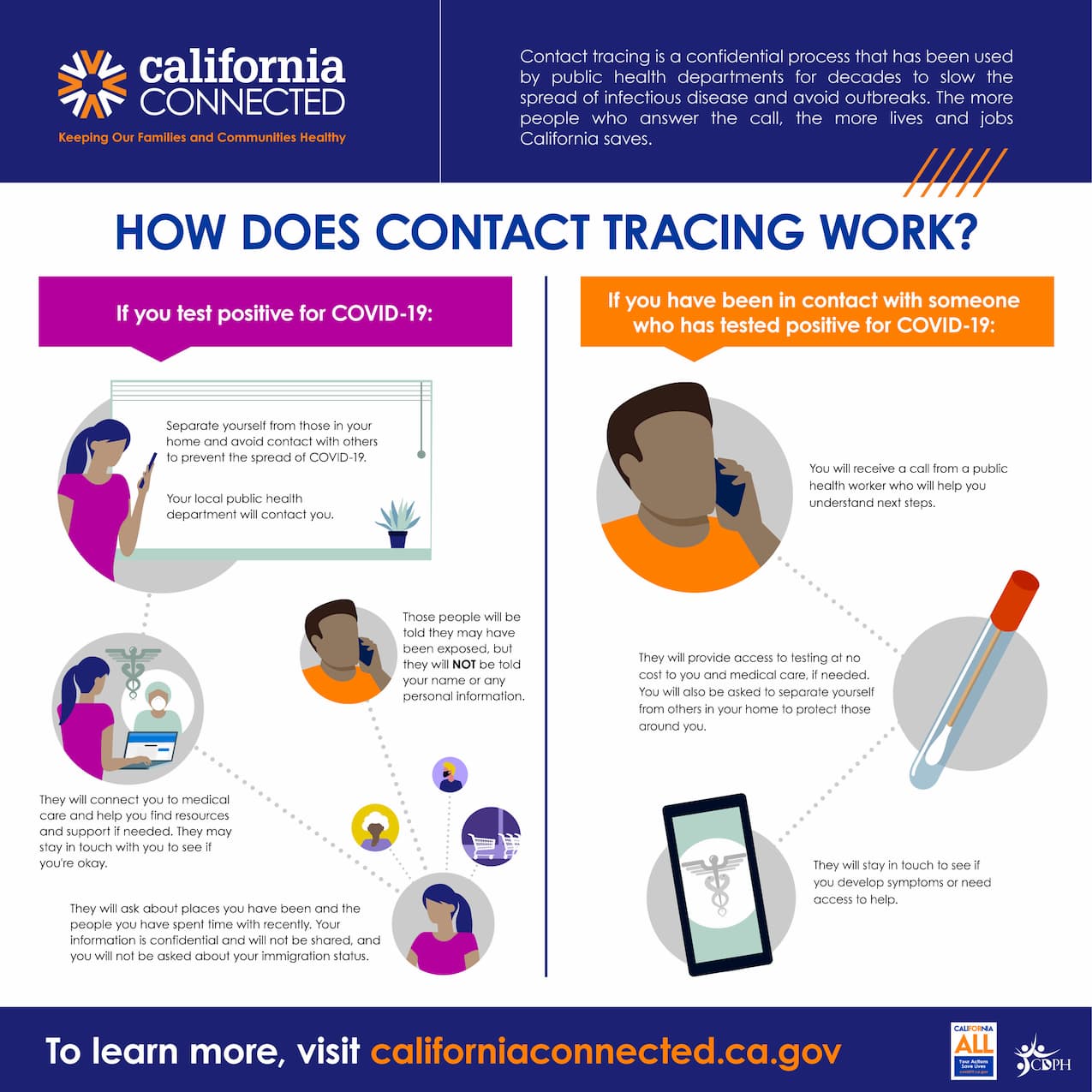Table of ContentsHealth Care For All: A Framework For Moving To A Primary Care ... Fundamentals ExplainedRumored Buzz on How Healthcare Policy Is Formed - Duquesne University
The rhetoric from the center left declines this view, but their actions tell a various story: Possibly the single most-trumpeted cost-containment gadget included in the ACA was the so-called Cadillac Tax, which looks for to consist of costs exactly by requiring health care consumers to face a greater share of marginal expenses.
In the case of health care, insured consumers pay repaired premiums every month no matter whether or not they go to a medical professional. Then, when they do visit a physician's workplace or go to the health center, insurance coverage Drug Rehab Center pays for some (often even most) of the minimal cost of this see. As soon as the repaired expense of paying a premium is met, each subsequent visit to a health service provider is then partially to totally supported by the insurance business, and this implies that the patient does not deal with the full minimal cost of the choice to obtain health care.
Instead, they would argue that most Americans are merely overinsured which more healthcare costs must be funded expense until those costs become expensive, at which point insurance would then properly start. Being overinsured and not facing the complete limited expense of each new check out to a health care provider is thought to make Americans overconsume healthcare, potentially utilizing resources (i.e. what influence does public opinion have on health care policy 2017., money paid out by their insurance provider) to get treatments that they would not have looked for had these treatments' complete minimal cost been dealt with (that is, had they been needed to pay the expenses themselves).

First, unless one wants to increase expense sharing even for truly disastrous medical costs, such steps will miss Rehabilitation Center the main expense chauffeurs in the U.S. healthcare system. Eighty percent of health dollars are invested on just 19 percent of health consumers, and half of health dollars are invested on just 5 percentpresumably the sickest clients (Gould 2013b).
Second, the assumption that all ethical danger results in financially inefficient overconsumption of healthcare may well be incorrect. health care is what kind of policy. Nyman (2007) directly concerns this theory by arguing that a big part of ethical danger represents health care that ill customers would not otherwise have had access to without the earnings that is moved to them through insurance - how much is the health care penalty.
Take the example of a grownup who has lost front teeth in a bicycling accident - how much do home health care agencies charge. Having missing teeth is certainly not deadly, however it is quite likely that if insurance gave the cash-equivalent cost of replacing the teeth to this individual, they would choose to do precisely this and not invest the cash on other items and services.

Getting The Health-related Policies - Implementation - Model - Workplace ... To Work
This acknowledgment that not all moral threat is economically ineffective is becoming well comprehended in other branches of economics. Chetty (2008) makes comparable arguments in the context of unemployment insurance, focusing on the truth that joblessness insurance benefits resolve a liquidity issue instead of https://sordusb90c.doodlekit.com/blog/entry/10632981/our-how-many-countries-have-universal-health-care-ideas developing a disincentive to look for work.
He finds that higher-than-average unemployment insurance advantages increase unemployment period just for workers without any liquid wealth. This suggests strongly that it is the relief of liquidity constraints and not the disincentive to workstemming from decreases in the "expense" of leisure (i.e., the loss of income) spurred by the receipt of UIthat drives actions. This cost per covered worker was then compared with average wages in the fifths of the wage distribution. The counterfactual of no excess health costs was simulated by holding employer contributions to ESI fixed as a share of overall compensation over the duration. Data from EPI State of Working America Data Library 2018 in addition to BEA 2018, NIPA Tables 7.8 and 6.9 It must be kept in mind that these calculations might understate the damage that rising health care costs have done to workers in the bottom two-fifths of the wage circulation.
First, the crowd-out of earnings from increasing ESI premiums has in fact been larger than average for the bottom two-fifths, determined in portion terms (as seen in the last row of the table). Second, while this chart reveals the crowd-out of earnings taking ESI protection erosion into account, for those employees who continue to get ESI, the wage crowd-out originating from increasing ESI premiums (not revealed here) is much higher in percentage terms for workers in the bottom two-fifths than for other workers, for the easy reason that ESI premiums constitute a much higher share of these workers' earnings. how to qualify for home health care.
Finally, the table proves that ESI protection has actually eroded most drastically for workers in the bottom two-fifths of the wage circulation (as seen in the second set of rows, "ESI coverage rate"). This erosion is undoubtedly associated to the reality that growth in ESI premiums relative to these workers' wages has actually been extreme.